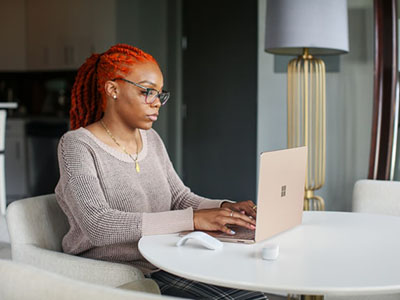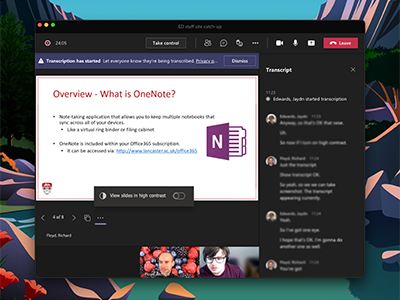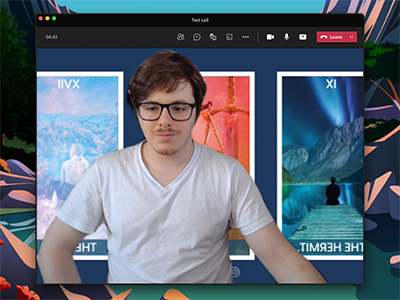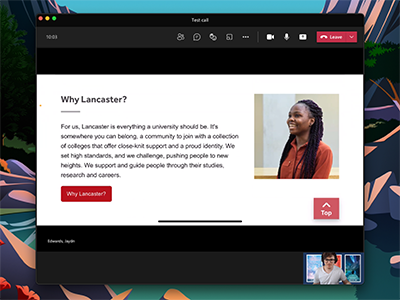1. Be a good host
There are multiple ways you can invite people to a meeting. You can do channel-linked meetings in Teams where all channel members are invited to the meeting. In channel-linked meetings, the chat stays with the meeting post, as does the link to the recording (if you do one). You can also set up online meetings via the calendar and add required or optional attendees, or send out a link via email or other communication methods.
Before the meeting starts, consider how you want attendees to interact and set the meeting options accordingly. For example, are you going to allow attendees to turn their mic and camera on? If you only want certain people to be presenters, who can access the chat and who can bypass the lobby and go straight into the meeting?
If you are going to be presenting, you might want to join the meeting a few minutes early and set up an introductory slide that outlines your expectations for the meeting so the audience know how to interact. For example, can attendees speak as needed? Do you want them to raise their virtual hands? What is the meeting about?









